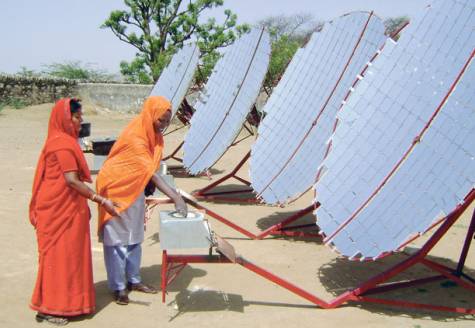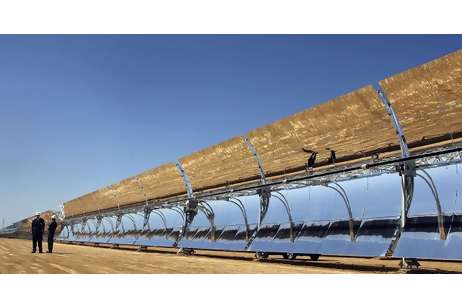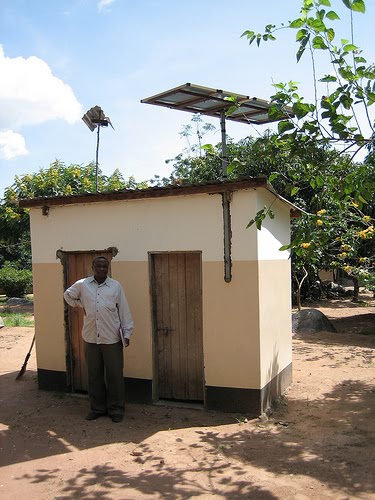Off-the-grid solar power is one of the solutions that could dramatically alter the lives of an estimated 1.5 billion humans who today have no access to electricity. Of these 80% come from countries in sub-Saharan Africa and South Asia. And of that 89% of the 80% live in rural areas versus 46% in urban locations.
In most of the countries where these populations reside a centralized utility model is not the answer. Grids are poorly developed and power generation from fossil fuel-burning plants represents an environmental concern since today 26% of global greenhouse gas emissions come from such sources.
So the answer lies in renewables based on solar power. Sunlight in places like sub-Saharan Africa and South Asia is not lacking and therefore looks like a good bet. To give you an idea on just how great the potential is, a joint Jordanian-German venture recently estimate that solar panels covering 1% of global deserts would power the whole world. But the countries of these two regions of our planet today have a dearth of solar projects despite all the potential.
Why is that? Because of cost. It remains cheaper to run a diesel generator than to build an off-the-grid photovoltaic system with battery back up even though trucking in fuel can be unreliable in many places. Currently there is a renewed interest in building solar home systems particularly in China, India and Bangladesh. These are being financed through micro-credits, foundations and governments. For example the World Bank approved in 2008 a Bangladesh solar project for 1.3 million home systems. But this is more an exception than the rule. For example, Africa by 2007 had seen only 500,000 solar home systems installed evenly divided between Kenya and South Africa. The slow uptake has more to do with getting financing than it does anything else. Yet one installer, Zara Solar Ltd., a Tanzanian company offers a program for solar customers that allows them to pay off the cost of a solar home installation in less than two years. But homes are not the only off-the-grid solar systems needed in rural and urban Africa. The Solar Electric Light Fund is building hybrid solar–diesel systems, with 90% of the electricity derived from photovoltaic panels, to power rural-based health clinics in Burundi, Lesotho, and Rwanda. Their latest project out of Africa is in Haiti.
What are these solar-battery or solar-diesel hybrid systems operating in homes and clinics? They are being used to power lighting, water pumps, purifiers and heaters, computers, WiFi networks, radios, TVs, and cellphones. In clinics solar power systems are critical for refrigeration of vaccines, and the operation of diagnostic and infection control equipment. Solar power is even being used to electrify fences to ensure that farmers protect their livestock from animal and human predation.
Solar-Aid and Barefoot College are two non-government organizations in Africa and Asia that are helping entrepreneurs to set up solar power business ventures and train and educate a new generation of “barefoot engineers” who can install and maintain rural solar electrification.
A growing micro-financing infrastructure in sub-Saharan Africa and South Asia should help stimulate home conversions from reliance on diesel and kerosene to solar-battery systems in the coming years. Some good examples of progress in this area include Grameen Shakti in Bangladesh who will have financed the installation of almost a million solar home systems using micro-credits. Similar efforts by a charity, the Solar Energy Foundation have financed 2,00o solar home systems in Ethiopia. The Aryavart Gramin Bank in India has created a program that allows home owners to pay back loans over five years at a rate cheaper than the monthly cost of operating a kerosene-based generator.











